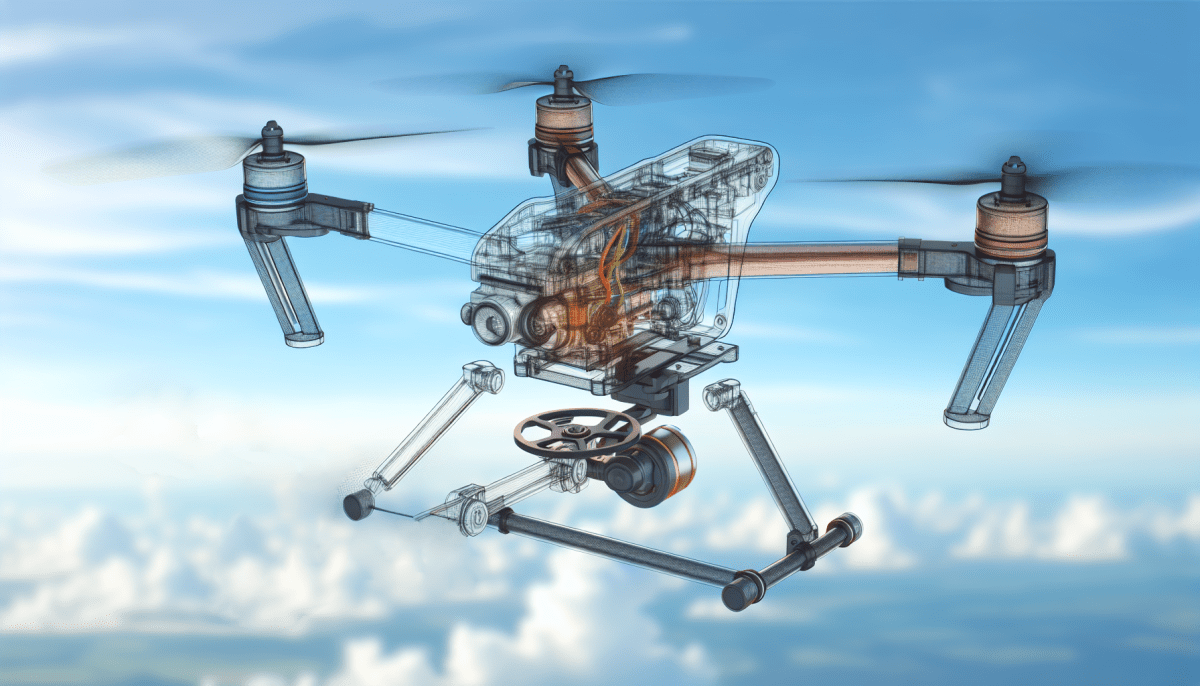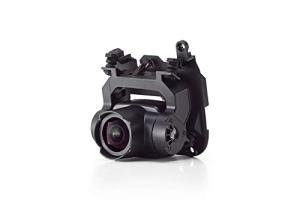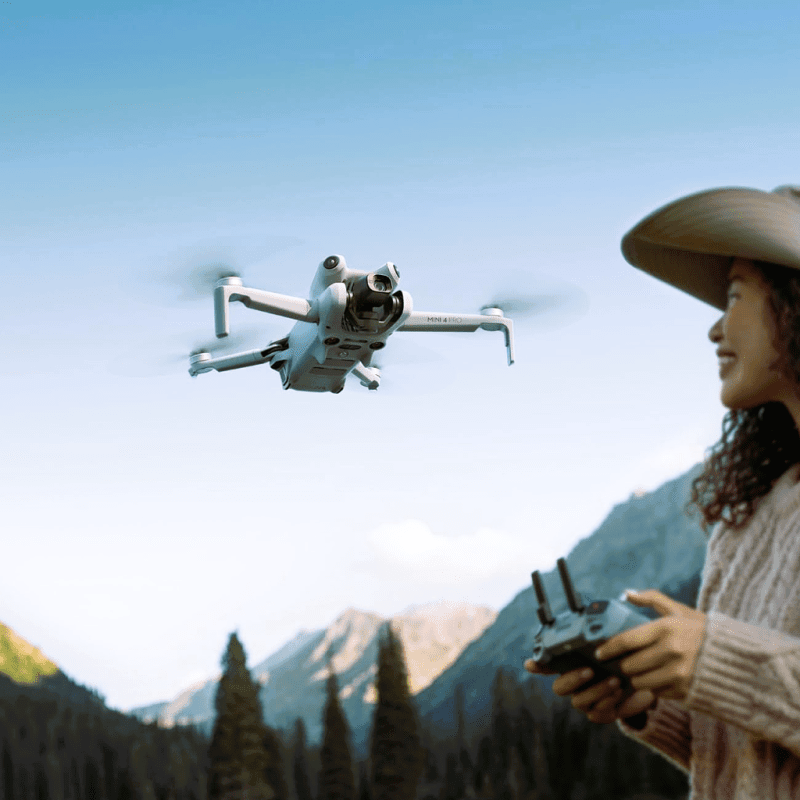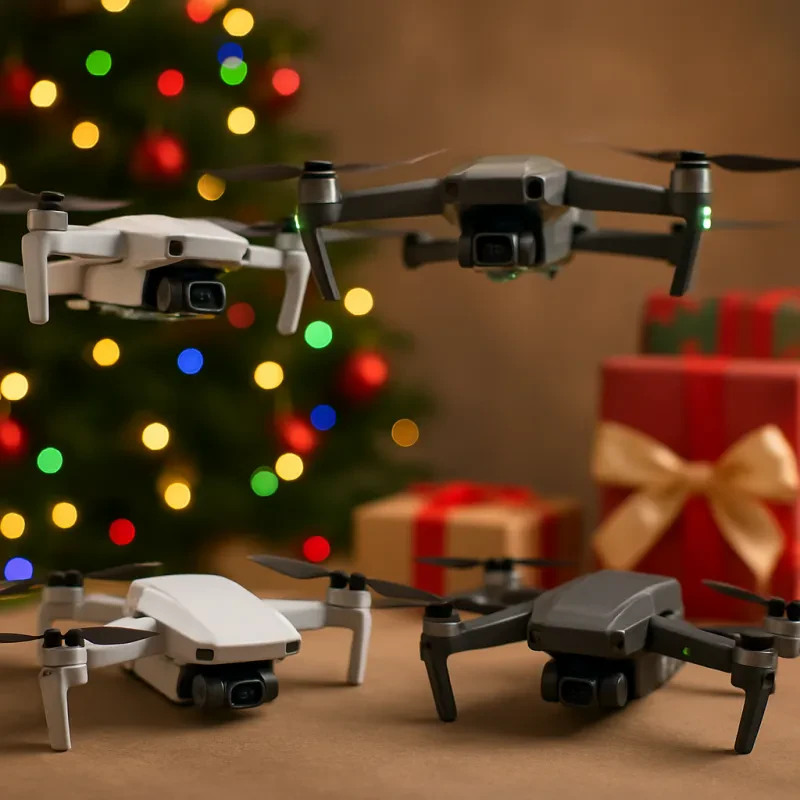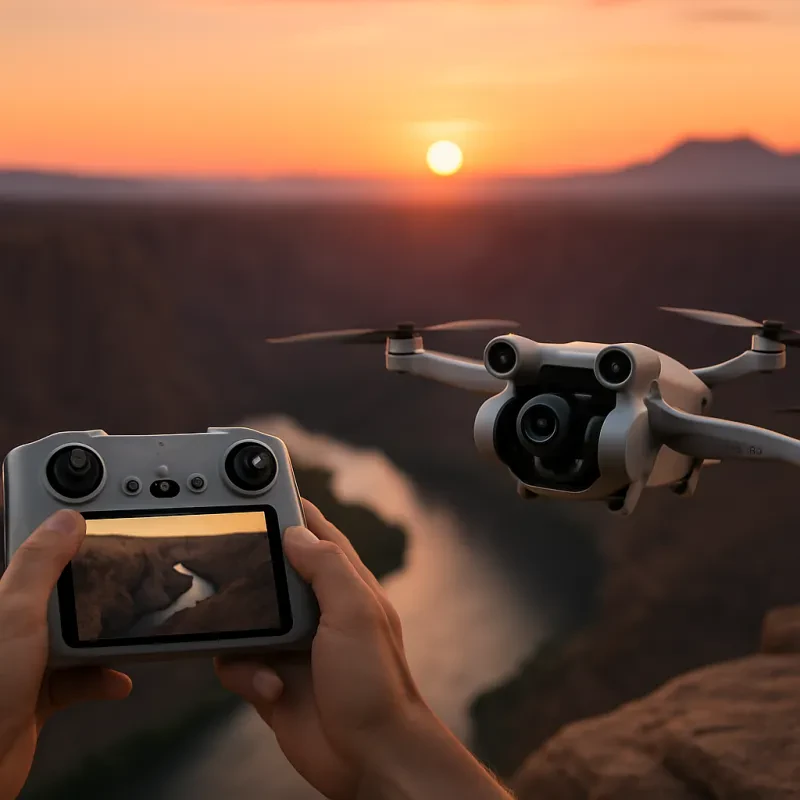An RC drone gimbal is a crucial piece of equipment designed to stabilize the camera. Its primary function is to keep the camera level and steady, regardless of the drone's movements during flight. When you're up in the air capturing stunning aerial shots, even the tiniest movements can result in shaky footage. That's where a gimbal comes in! It provides a smooth and stable platform for your camera, reducing unwanted vibrations and maintaining your shot's quality.
Counteracts Drone Movement:
Drones are subject to various movements like tilting, rolling, and panning due to wind, motor vibrations, and pilot maneuvers. A gimbal uses motors and sensors to actively counteract these movements.
Stabilizes on Multiple Directions (Axes)
Most drone gimbals are 2-axis or 3-axis systems, with three-axis gimbals being the most popular for their ability to stabilize movement in all directions. This means your drone can move and tilt, but your camera still remains upright and steady. You're likely to get clearer and more professional-looking videos without a lot of editing later.
Allows for Independent Camera Control
A gimbal enables the camera to point in a specific direction, even as the drone itself is moving or rotating. This allows for capturing smooth tracking shots or maintaining a fixed point of interest.
Think of a gimbal like this:
Imagine trying to film something while walking or running. Your footage would likely be shaky and unprofessional. A gimbal acts like a steady hand, isolating the camera from the drone's motion, so the footage remains smooth as if it were shot from a stable platform.
RC Drone Gimbal Setup
Setting up an RC drone gimbal is usually pretty straightforward. Most gimbals come with easy-to-follow instructions and connect directly to your drone’s camera system. Once everything is set up, you can enjoy the freedom of flying without worrying about shaky footage ruining your hard work.
If you’re serious about aerial photography or videography, investing in a quality RC Drone gimbal can make all the difference. Whether you’re taking scenic landscape shots, capturing action-packed moments or selfies, having that extra stability really elevates your footage. So, it's a great add-on if you want to take your drone flying experience to the next level!
How Gimbals Improve Your Drone Footage
When wanting to capture stunning aerial footage, the stability of your camera shot can make all the difference. That’s where an rc drone gimbal steps in. Imagine flying your drone only to have shaky, wobbly video that just doesn't do justice to the beautiful views below. A gimbal helps eliminate that problem by stabilizing your camera as you fly, ensuring smooth and professional-looking videos every time.
So, how does an rc drone gimbal work its magic? It uses motors and sensors to keep the camera steady, counteracting any movements your drone might make. As you navigate through the air, the gimbal actively adjusts to every tilt and shift, providing a steady platform for your camera. This means whether you’re flying in a breeze or making sharp turns, your footage remains steady and clear.
- Smooth Footage: Ditch the jitters. Gimbals keep everything steady and professional.
- Easy to Use: Most gimbals are user-friendly, making them a great option for beginners.
- Versatile Angles: With a gimbal, you can capture shots from various angles without losing stability.
No matter if you’re shooting for fun or for a more serious project, using an rc drone gimbal can really elevate your video quality. Whether you want cinematic shots, sweeping landscapes, or sharp details, you’ll be amazed at the difference a good gimbal can make in delivering beautiful drone footage.
Types of Drone Gimbals Explained
When you're looking into buying an rc drone, it's essential to understand the different types of gimbals available. Each type serves a unique purpose and can make a big difference in the quality of your aerial footage. Here’s a simple breakdown of the most common types of gimbals that you'll encounter.
- 2-Axis Gimbals: These are a fantastic entry-level option. They stabilize the camera in two directions: tilt and roll. This means you'll get smoother shots when flying forward or tilting up and down. If you’re just getting started or want something lightweight for casual flying, a 2-axis gimbal could be perfect.
- 3-Axis Gimbals: For those who want to take their filming up a notch, 3-axis gimbals are the way to go. They stabilize the camera on three axes: tilt, roll, and yaw. This means your footage will look incredibly smooth, even when the drone is moving in different directions or when there’s a bit of wind. If you're serious about capturing great video, investing in a 3-axis rc drone gimbal is worth it.
- Brushless Gimbals: These gimbals take stabilization to a whole new level. They use brushless motors to keep your camera steady, no matter the conditions. If you're a professional filmmaker or just want the best shots possible, a brushless gimbal offers superb performance. It's a reliable choice for capturing professional-quality footage in the sky.
Picking the right rc drone with gimbal depends on your needs and budget. Whether you're a hobbyist or a pro, understanding these options will help you enhance your flying experience and boost your video quality.
How to Choose the Right Add-on RC Drone Gimbal
Choosing the right add-on rc drone gimbal for your quadcopter can really make a difference in how smooth your footage turns out. Here are some easy tips to help you pick the best one for your needs:
- Compatibility: Make sure the gimbal you choose works with your drone model. Some gimbals are designed for specific drones, so check the compatibility list before purchasing.
- Weight and Payload: Consider how much weight your gimbal can handle. If you're planning to use a heavier camera, you'll need a gimbal that can support it without compromising stability.
- Axis Stabilization: Look for a gimbal with at least three-axis stabilization. This means it can adjusts for pitch, roll, and yaw, giving you steady shots even while flying in challenging conditions.
- Ease of Use: Some gimbals come with complicated setups, while others are user-friendly. If you're new to flying drones, opt for a gimbal that’s easy to install and operate.
- Budget: Gimbals come in a range of prices. Set your budget ahead of time, but remember that sometimes it's worth spending a little more for better quality and features.
Remember, your rc drone gimbal is an investment in your footage quality. Take your time to find one that fits your needs and enhances your flying experience! Happy flying!
